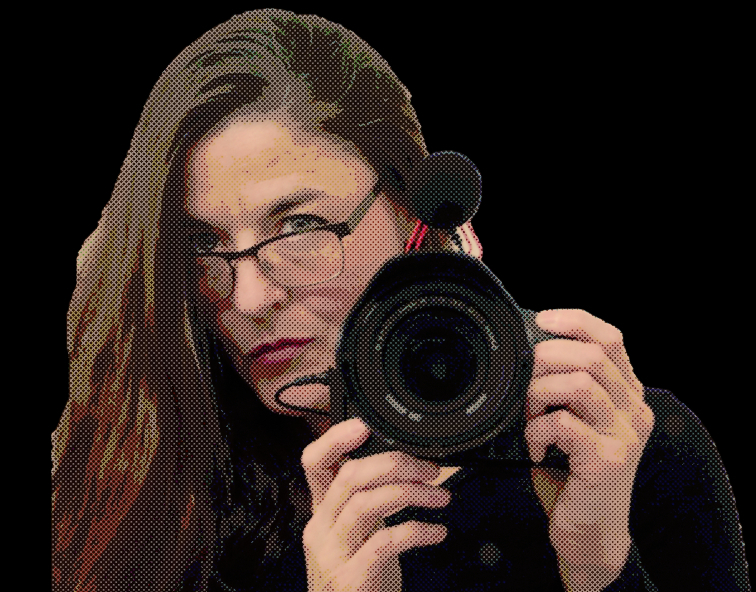[This blog was originally published in Night Owl Reviews]
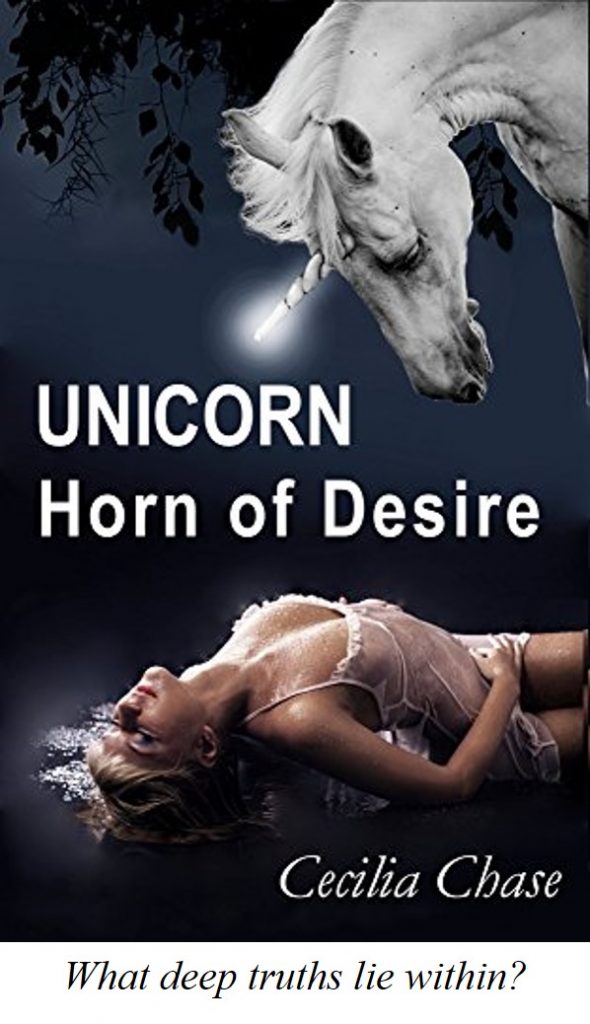
What if I told you the best fiction was all about telling the truth?
“But Shana, it’s fiction!” you might respond. “It’s not real! How is my erotic paranormal romance about shapeshifting unicorns supposed to tell the truth about anything?”
Well, let me explain…BTW, if YOU have written an erotic paranormal romance about shapeshifting unicorns, PLEASE SEND ME THE BUY LINK ASAP.
One of the major reasons for the existence of fiction is to illuminate larger truths which may not be obvious in real life. The real world is structure-less and clouded in random chance. It’s no coincidence the earliest forms of fiction were morality tales. For instance, how would you ever know “sharing is caring” if, on your way to a neighboring tribe to share your harvest bounty, you’re randomly attacked by a bear and die? You get around those inconvenient roving predators by constructing your own alternate reality where that homicidal bear was never in the woods to begin with, or maybe you fight it off with your bare hands in slow motion and fashion its carcass into a beautiful coat to give to the village chief, thereby securing peace between your tribes (because sharing is caring).
Much like the fog of war, where uncertainty conceals the true situation on the ground (I’m in the military, so excuse my war references), an author must peel back the fog of reality to reveal the truth. (Note this only applies to works of art, and not, for instance, scientific facts or history…that’s called self-delusion.) Of course, characters can’t just look at the camera or reader and say, “See? Caring is sharing!” …Unless your point is to skewer the banality of morality tales, which is in itself a form of truth. Two opposing ideas can be true at the same time, after all.
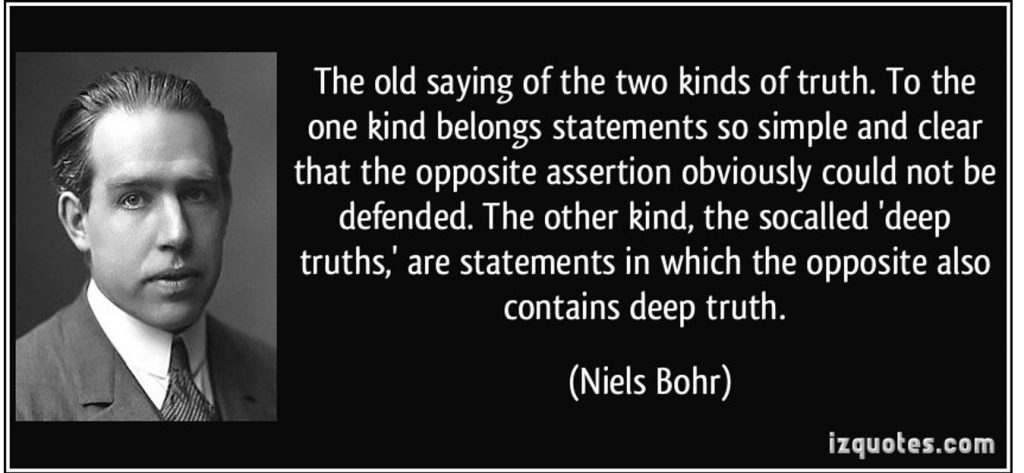
You need to present your truth in the subtext of your story. What do the plot and the character’s actions mean?
Say your fake caveman alter ego presented the beautiful bearskin coat to the chief of the neighboring tribe, but instead of graciously accepting the gift the chief throws it into the fire and executes you? What’s the truth you’re trying to illuminate now? It’s certainly not “sharing is caring.” Every action in your story should highlight the same deeper truth. Stray from your established subtext, and you end up with a muddled mess that won’t gel with your audience. It comes off as untruthful.
Ever had a deeply negative reaction to a story? That was probably because you found something in it to be untruthful. The truth of a life experience is subjective, which accounts for the range of what people like and don’t like. The closer you get to a universal truth, the more appealing it’ll be. For instance: the overall subtext of the movie Moonlight is to love yourself. That’s a pretty powerful message which resonates with nearly everyone, hence the strong positive reception of the film.
On the other end of the spectrum, for instance, is the movie Blade Runner 2049. Now don’t get me wrong. I LOVED the original Blade Runner; it’s literally my favorite movie. I spent months squealing with excitement over the sequel, and was ready to go full-on fan girl and love it to bits.
Then I saw it. Dammit.
It didn’t ring true for me, the primary reason having to do with the main character’s annoying fake girlfriend who’s unfortunately a major part of the movie and drags the whole thing down like a beautiful, soulless Kraken.
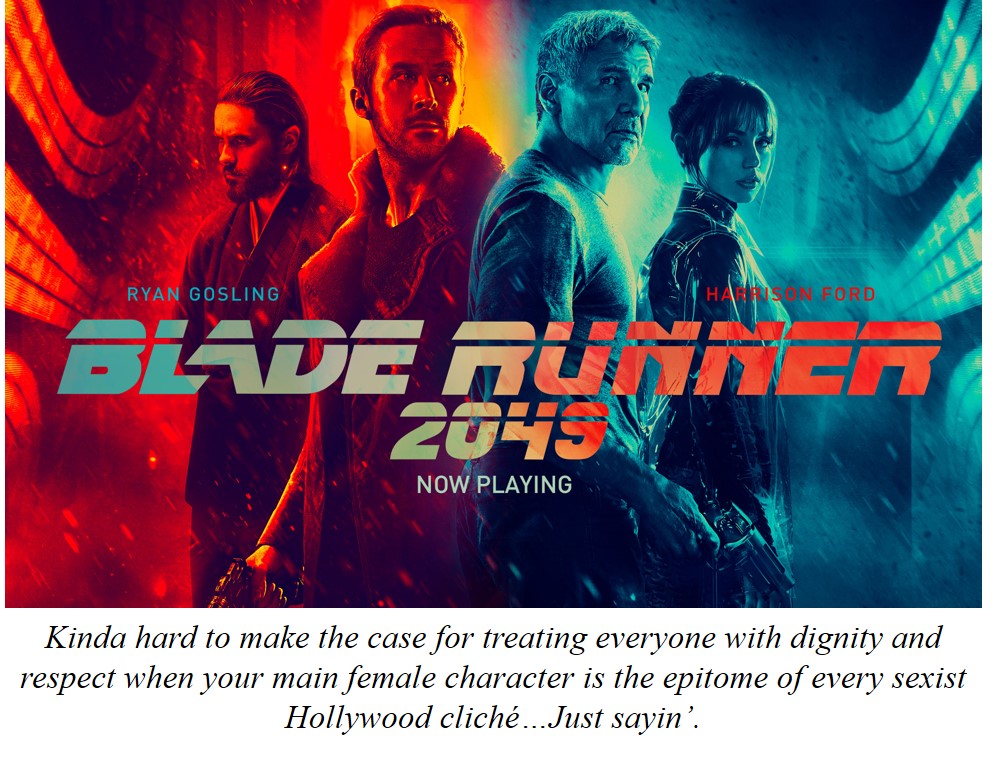
You see, the girlfriend, Joi, is a computer program owned by K (Ryan Gosling’s character). We’re reminded multiple times throughout the movie that she’s a mass-produced product specifically designed to look, act, and speak in any way the owner wants her to. She’s literally a manic pixie dream girl hologram who’s the only source of happiness for Gosling’s melancholy K. We’re supposed to be invested in their relationship, yet we’re told over and over again, without apparent irony, that she’s NOT REAL. This culminates in a cringe-worthy sex scene where a prostitute play-acts being Joi while K looks on with that pensive blank stare Gosling does when he’s trying to portray deep emotions or maybe just farted. (Gosling seems like a nice guy and all, but let’s get real—would anyone consider him a good actor if he wasn’t so very, very pretty?)
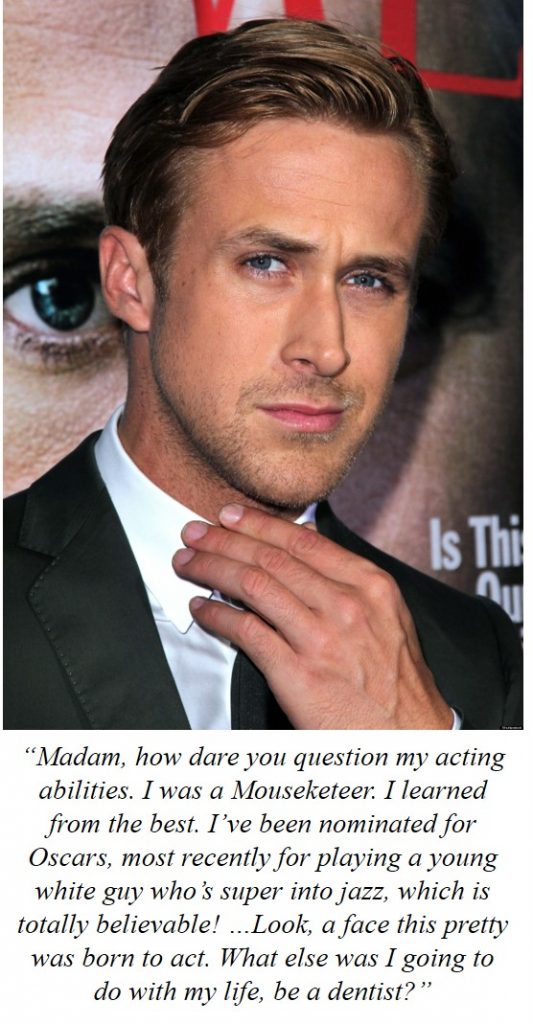
I assume the scriptwriters were trying to make the audience question what makes a person “real,” as that was the whole point of the movie. But instead of honestly answering the question, they subbed in a fake female stand-in whose only purpose was to help the male hero through his emotional journey. Irrespective of her character’s place in the fictional world, in the movie she still played out as a tired, sexist stereotype with no hint she was intended to be subversive. Even if the writers had made her a human being in the movie, a manic pixie dream girl is still not a real person and I therefore didn’t give a rat’s buttocks about her. The movie tried to sell me an untruth (that Joi is a real person according to K and we should therefore care about her…because caring is what makes something real!), and I wasn’t buying.
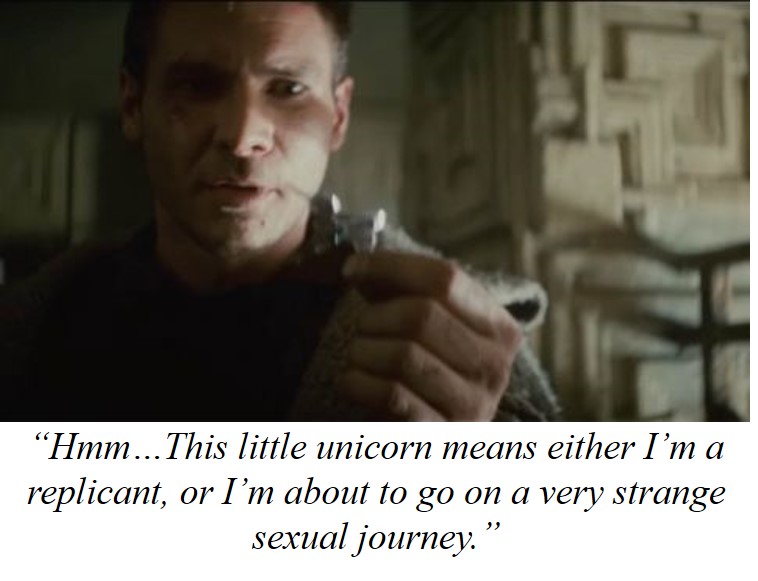
Okay, maybe I’m very slightly overinvested in my annoyance with Blade Runner 2049. That’s the reaction you get when a work of art is untruthful. So ask yourself: what’s the subtext, or theme, of my story? Does my story consistently support the theme? Am I using clichés or stereotypes in place of the truth? Remember: the closer you are to a universal truth, the more it will resonate with your audience—or rub them the wrong way when it doesn’t.
